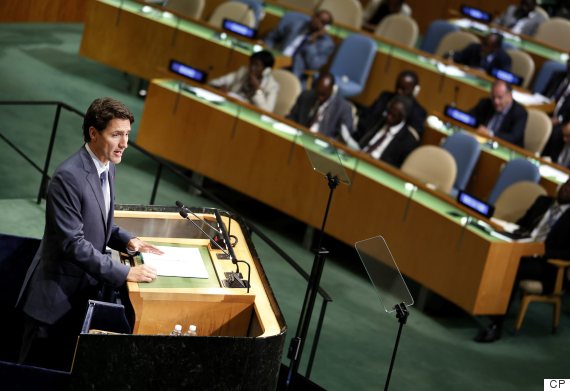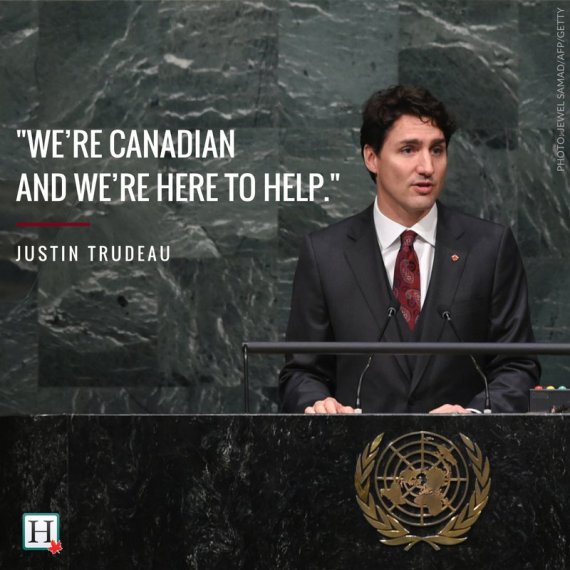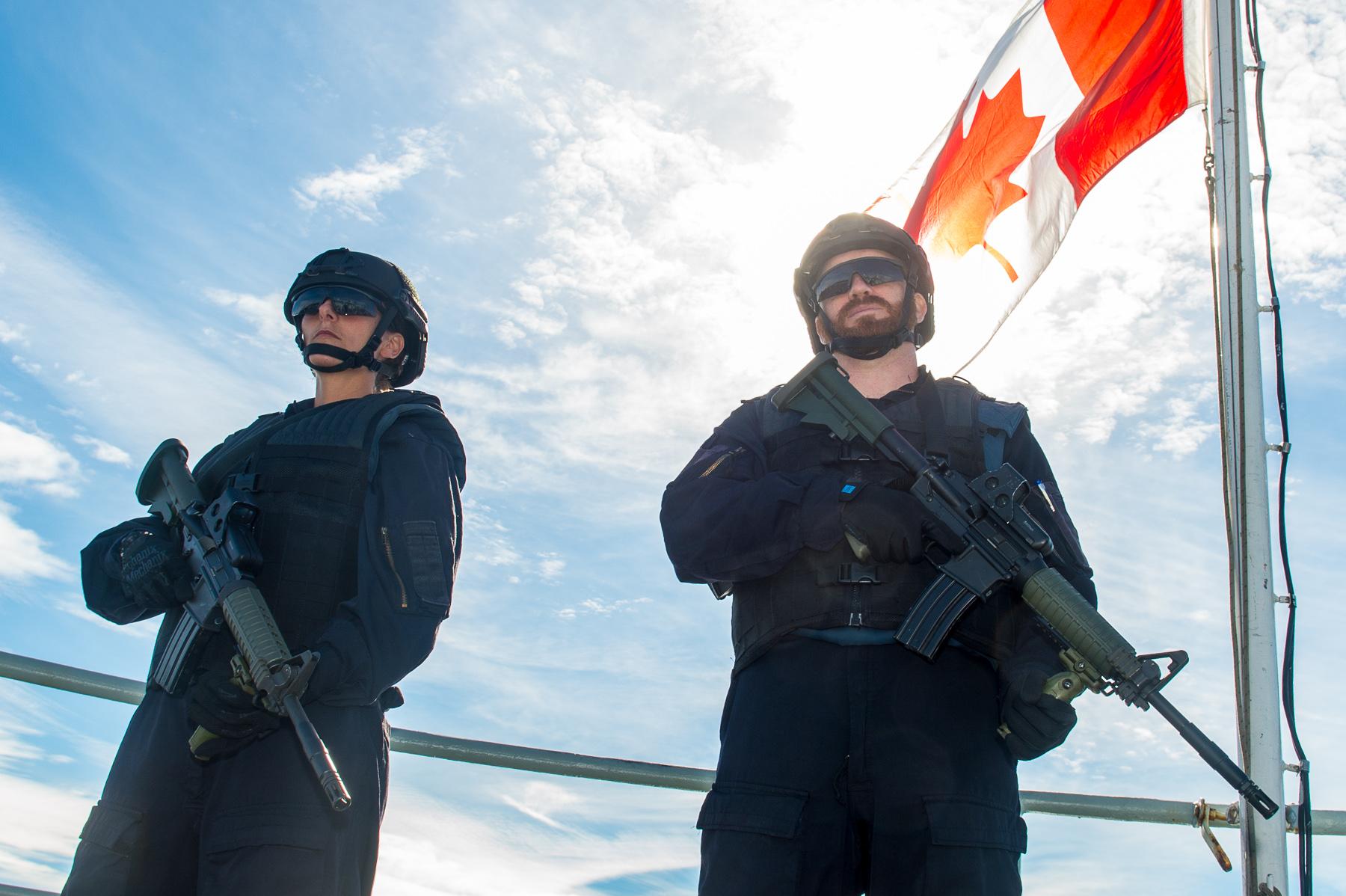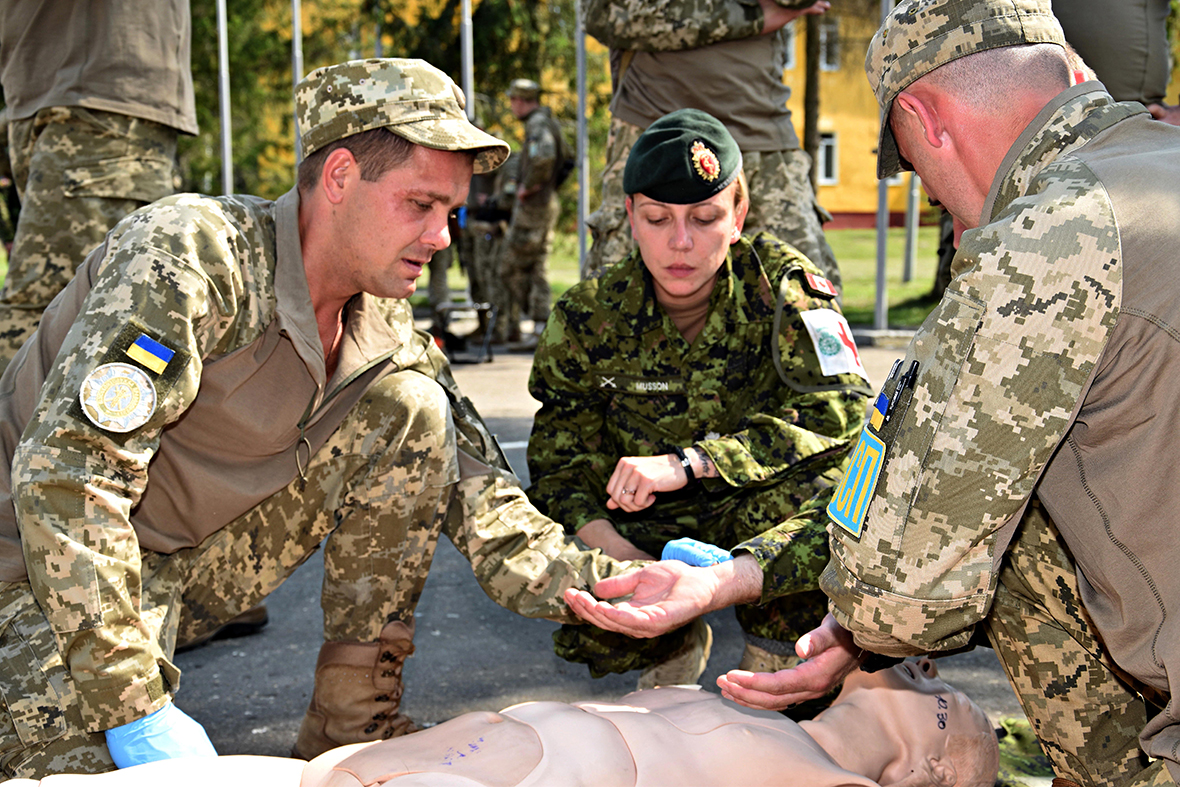It was revealed today that the Government of Canada is looking to boost the slowly growing, perhaps almost faltering Canadian economy. More specifically the Government is looking to invest another $1 billion into Alberta and Saskatchewan. That makes some sense, as these are the two provinces that have been the hardest hit with the decrease in Oil prices over the last two years. There is one problem with this plan - both Alberta and Saskatchewan's financial planning assumes the return of $80+ oil barrels. Forecast don't see that happening anytime soon. If the Government is seriously looking to boost the economy invest in Defence.
Don't get me wrong, there are other areas that are just as important (Education and Health, just to name two) but Defence is an industry that is at the cusp of its existence. Much of the Canadian Forces equipment is on borrowed time and replacements are decades behind. The Canadian Forces easily needs $100 Billion now, and if not soon that number is sure to balloon.
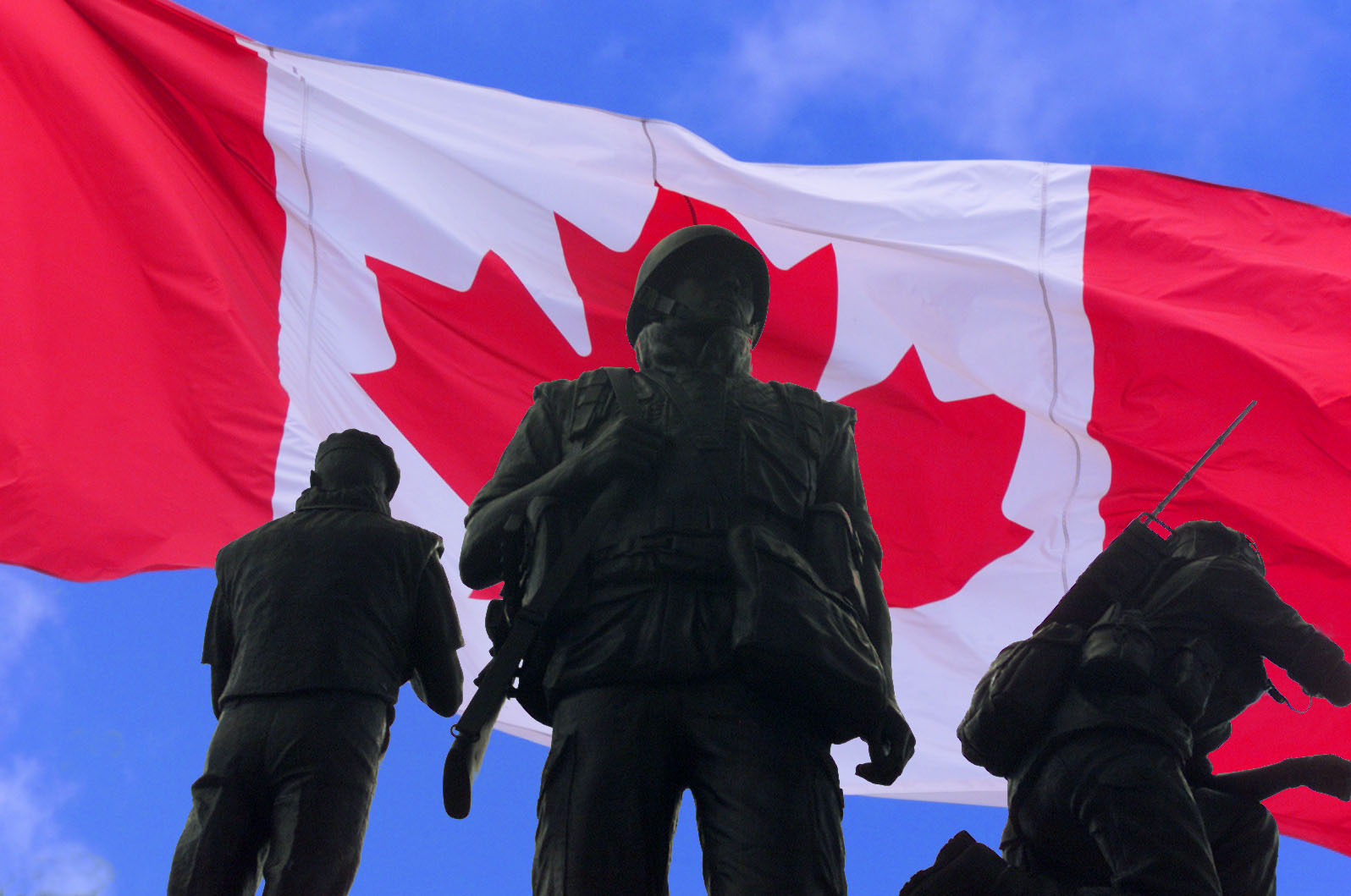
The Royal Canadian Navy
With the recent public awareness campaign about the Canadian Surface Combatant (CSC) fleet set to replace the Royal Canadian Navy's Halifax-Class Frigates; the Arctic Offshore Patrol Ships (AOPS); and the Navy's need for new Auxilliary Oil Replenishment (AOR) vessels, the public is well aware of the fact that the Canadian Navy is in great despair. The government has already committed $26 Billion to the Navy; but industry experts keep saying the Navy alone needs more than $40 Billion to build the planned 15 CSC vessels, the six AOPS, and the two AORs.
That $40 Billion does not include the $1 billion needed to modernize the four Victoria-Class submarines that will require another retrofit to keep operating until the mid-2020s.
The Navy is also facing a shortage of skilled members. More members of the Navy, especially officers, retire each year than those who are hired to replace them. This has left the Navy struggling to maintain capabilities.
Clearly the Navy would benefit from stimulus - boost recruitment and training funding, and increase the dedicated funds to build the new fleet for the Navy; perhaps expanding the number of shipyards involved, such as Davie, which was not in a financial position to bid on the CSC fleet, but is now building an Interim AOR (iAOR) for the Navy, and has said they could provide a second iAOR faster than Seaspan can provide the two new AORs. Recently on this blog, there was a call for a Hospital Ship for the RCN, Davie could easily fill this order, and for a fraction of the cost of a new vessel.
The Royal Canadian Air Force
Oh where to begin...The Air Force is struggling, just like the Navy.
The Canadian Forces aerobatic team, The Snowbirds are a national symbol of Canadian freedom and perseverance. Yet they are flying an albeit great Canadair aircraft, one that that is approaching 60 years old; performing some of the best and most complicated aerobatic displays in the world. The program to replace the CT-114 Tutor jet began in early 2000; with active proposals starting in 2008.
It is now 2016 and there has been no movement on the file. In fact this year the Government announced that it is looking to continue flying the 1960s jet well into the 2020s; with a replacement before 2030. The replacement cost is pegged at close to $1 Billion - up from an original estimate of $400 million. That cost will only continue to grow the longer the project is delayed.
The Tutor was retired as the Canadian Forces main training aircraft in 2000, replaced by the BAE CT-155 Hawk and CT-156 Harvard II. Canada did not purchase these jets outright, but put them on long-term lease from BAE. As of 2016; many of these jets (and turboprop for the Harvard's) have reached their original lifespans and have undergone extensions. This is because No. 2 Canadian Forces Flying School at 15 Wing Moose Jaw is also the NATO Flying School. Meaning, these aircraft rack up the flight hours very quickly. The Hawk; originally designed in the late 1970s is becoming obsolete in the fighter jet world. Thoughts about replacing the Harvard and Hawk began in 2012 but have not gone anywhere.
The RCAF is also operating it's CF-18 Fighter Jets dangerously close to the end of their lifespan. The CF-18s have already undergone two life-extensions. Originally purchased in the 1980s, the RCAF intended to fly the CF-18s until around 2010-2015; with a replacement delivered by 2017-2018. That is not happening, as 2016 counts down no replacement has been selected. Even if one was selected shortly Canada would be at the end of any delivery schedule that is already established by the manufacturers. Therefore, the RCAF is now undergoing studies to fly the CF-18s to at least 2025; with options as far as 2030. Flying fighter jets that are 40 years old seems counterintuitive to National Defence does it not?
The Search and Rescue (SAR) division of the RCAF has also struggled. The CH-113 Labrador's were retired and replaced by the CH-149 Cormorant's but the project was plagued with issues, and the Cormorant while performing its duties has never lived up to what it could have been. The Air Force does not have enough Cormorants or spare parts, forced to purchase former US Presidential helicopters for use.
The CH-146 Griffon, which performs double duty for SAR and the Canadian Army, has been in active duty since 1995, and there is no plan currently to replace it. Yet the American Forces are already working on retiring their models. The Griffons are currently slated to be retired in 2021; yet no replacement contract has been awarded. Therefore, their extension date of 2025 is more likely; but with that falling at the same time as the CF-18 replacement it seems likely that the Griffon will have to wait; putting Canadian Forces at risk in a combat or SAR helicopter that is over 40 years old. This replacement project is close to $3 Billion (depending on the replacement selected)
The CH-124 Sea King has been on the verge of retirement since 1983. That is not a typo. The RCAF only recently announced that all remaining Sea Kings will be retired by 2018, 35 years past their "best before date." Even with this retirement, the replacement CH-148 Cyclone will not be fully operational, nor will the RCAF possess enough Cyclones to fully replace the Sea Kings causing a Naval Helicopter Capabilities gap.
The RCAF has also been trying to procure a new Fixed-Wing SAR aircraft for two decades. Only this past summer was the project officially restarted. The final costs have not been made public, but in all likelihood, a fleet of at least 10 aircraft will be needed, and maintenance costs over a 20 year period will be $1 Billion at the minimum.
Therefore, it is evident by the nearly $6 Billion in known replacement costs (CT-114, CH-146; and FWSAR) plus the unknown costs of the CF-18 replacement ($60 Billion if we move forward on the JSF F-35 according to the Auditor Generals cost analysis) and the Harvard and Hawk replacements; that the RCAF would also drastically benefit from Government stimulus.
The Royal Canadian Army
I will not spend a great deal of time on the Army; you can read my recent posts about the state of the Reserves for more details. But as the Government plans to deploy 400 Troops to head a NATO battalion in Latvia, and 600 troops to a peacekeeping missing in Africa, the Army (and Reserve) will bear the brunt of this deployment. Much of the Army's equipment past its "best before" dates on deployment in Afghanistan between 2002-2014. Those that did not, were used quicker than expected because of the conditions, conditions which will be again faced in Africa. This equipment also needs replacement, training needs to increase, and so too do Regular force and Reserve numbers. Something that stimulus will help.



